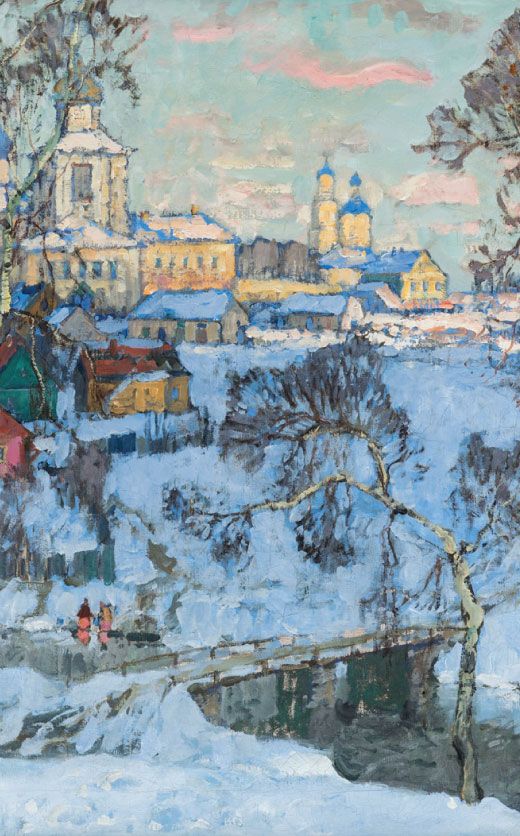Rare 19th C. Madagascar Wood Aloalo Funerary Sculpture
Lot 166
About Seller
Artemis Fine Arts
686 S Taylor Ave, Ste 106
Louisville, CO 80027
United States
Selling antiquities, ancient and ethnographic art online since 1993, Artemis Gallery specializes in Classical Antiquities (Egyptian, Greek, Roman, Near Eastern), Asian, Pre-Columbian, African / Tribal / Oceanographic art. Our extensive inventory includes pottery, stone, metal, wood, glass and textil...Read more
Estimate:
$11,000 - $16,500
Starting Bid
$5,500
Absentee vs Live bid
Two ways to bid:
- Leave a max absentee bid and the platform will bid on your behalf up to your maximum bid during the live auction.
- Bid live during the auction and your bids will be submitted real-time to the auctioneer.
Bid Increments
| Price | Bid Increment |
|---|---|
| $0 | $25 |
| $300 | $50 |
| $1,000 | $100 |
| $2,000 | $250 |
| $5,000 | $500 |
| $10,000 | $1,000 |
| $20,000 | $2,500 |
| $50,000 | $5,000 |
| $100,000 | $10,000 |
| $200,000 | $20,000 |
About Auction
By Artemis Fine Arts
Mar 20, 2025
Set Reminder
2025-03-20 10:00:00
2025-03-20 10:00:00
America/New_York
Bidsquare
Bidsquare : Exceptional Finds | Ancient, Ethno, Fine Art
https://www.bidsquare.com/auctions/artemis-gallery/exceptional-finds-ancient-ethno-fine-art-18151
Explore a world of classical antiquities and ethnographic masterpieces, with treasures from every corner of the globe. Discover Egyptian relics, Greek and Roman artifacts, Etruscan elegance, Near Eastern wonders, and Asian heritage. Marvel at Pre-Columbian marvels, Native American artistry, African tribal expressions, and Oceanic cultural gems. Spanish Colonial legacies, Russian craftsmanship, and a spectrum of fine and visual arts await, offering a captivating journey through history and artistry, connecting cultures across time. Artemis Fine Arts info@artemisgallery.com
Explore a world of classical antiquities and ethnographic masterpieces, with treasures from every corner of the globe. Discover Egyptian relics, Greek and Roman artifacts, Etruscan elegance, Near Eastern wonders, and Asian heritage. Marvel at Pre-Columbian marvels, Native American artistry, African tribal expressions, and Oceanic cultural gems. Spanish Colonial legacies, Russian craftsmanship, and a spectrum of fine and visual arts await, offering a captivating journey through history and artistry, connecting cultures across time. Artemis Fine Arts info@artemisgallery.com
- Lot Description
East Africa, Madagascar, Mahafaly culture, ca. 19th to early 20th century CE. This wooden aloalo sculpture features a standing figure at the base, supporting an intricate openwork panel adorned with geometric patterns, which culminates in a figurative element. The base figure represents a nude woman, with her hand resting on her stomach or pubic region, possibly symbolizing fertility or birth. The incised crescent shapes and upper disk may represent the moon's phases, reflecting themes of regeneration and continuity. The four figures atop the flat panel have ambiguous genders, and their surfaces show significant wear due to age. Sakalava, Mahafaly, and Merina peoples honor their elite and royal deceased by creating impressive burial sites featuring stone tombs topped with wooden sculptures. The term "aloalo" specifically refers to sculptures used in royal burials, with "alo" meaning "intermediary" or "messenger," suggesting that these statues bridge the divide between life and death. Size: 8" W x 65" H (20.3 cm x 165.1 cm); 68.5" H (174 cm) on included custom stand.
Provenance: private Hawaii, USA collection
All items legal to buy/sell under U.S. Statute covering cultural patrimony Code 2600, CHAPTER 14, and are guaranteed to be as described or your money back.
A Certificate of Authenticity will accompany all winning bids.
We ship worldwide and handle all shipping in-house for your convenience.
SHIPPING EXCEPTIONS: Due to customs clearance issues, we are unable to ship to Germany, Switzerland and Australia. If you live in Germany, Switzerland or Australia, you will need to provide an alternate shipping destination, or we will not be able to complete your purchase. In addition, please note that we are unable to ship ancient items back to the original country of origin (Egyptian to Egypt, Greek to Greece, etc.)
PAYMENT EXCEPTION: Unless a known customer of Artemis, payment for all gold / precious metal / gem lots must be made via Bank Wire Transfer or Certified Bank Check/Money Order, no exceptions." #185933Heavy weathering and losses to wood from exposure to elements and old inactive insect activity. Stable pressure fissures throughout. Mounted on a wood base. Nice patina to surface.Condition
- Shipping Info
-
All shipping is handled in-house for your convenience. Your invoice from Artemis Gallery will include shipping calculation instructions. If in doubt, please inquire BEFORE bidding for estimated shipping costs for individual items.
-
- Buyer's Premium



 EUR
EUR CAD
CAD AUD
AUD GBP
GBP MXN
MXN HKD
HKD CNY
CNY MYR
MYR SEK
SEK SGD
SGD CHF
CHF THB
THB














